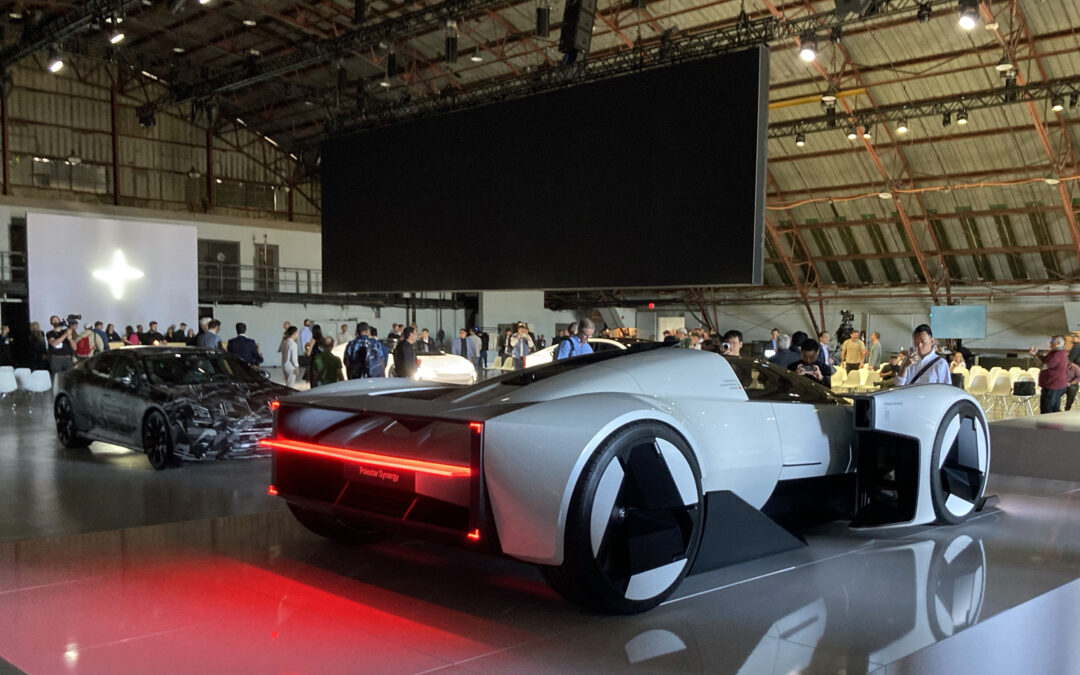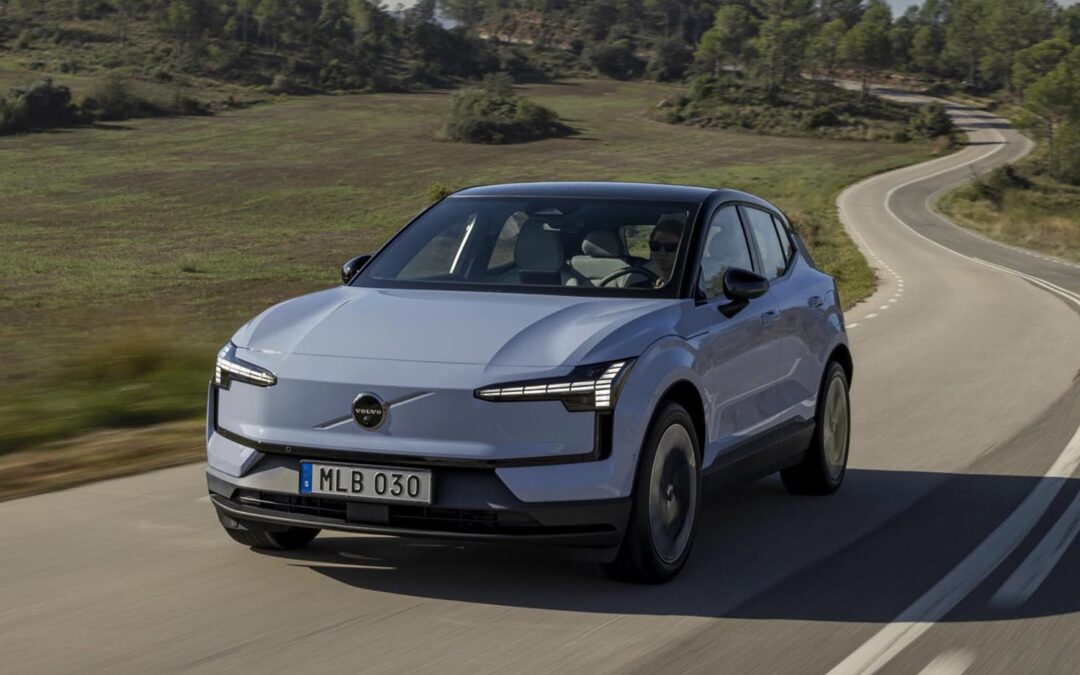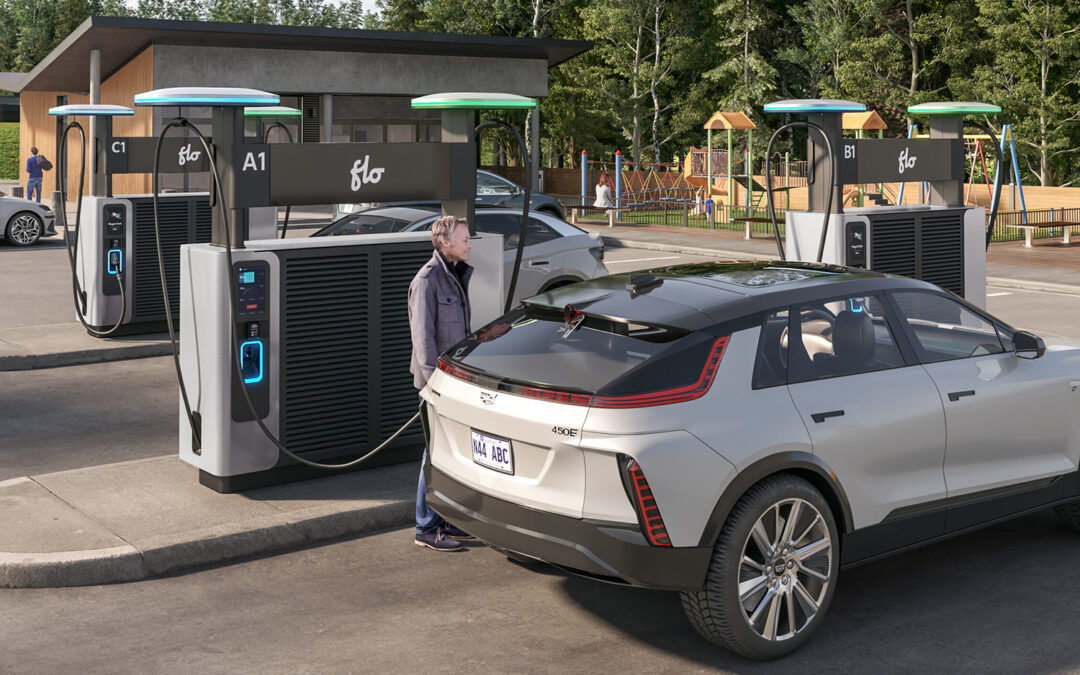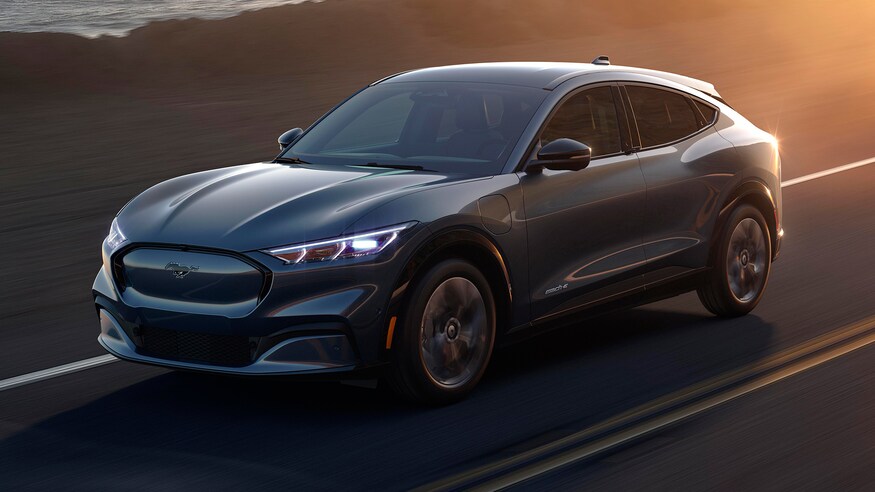VinFast, the car side of the vast Vietnamese conglomerate Vingroup, is a company that’s rapidly earning a reputation for being, well, fast — it took the company just 21 months to turn a muddy field into a vast production complex producing electric vehicles, e-scooters and electric busses. That, but way of reference, is roughly half the time it normally takes to complete such a large undertaking.
The company is also different in the manner in which it’s retailing the five-seat VF 8 and three-row VF 9. The difference is a prospective customer buys the vehicle, but leases the battery. Leasing in an EV environment is an interesting proposition for a number of reasons.
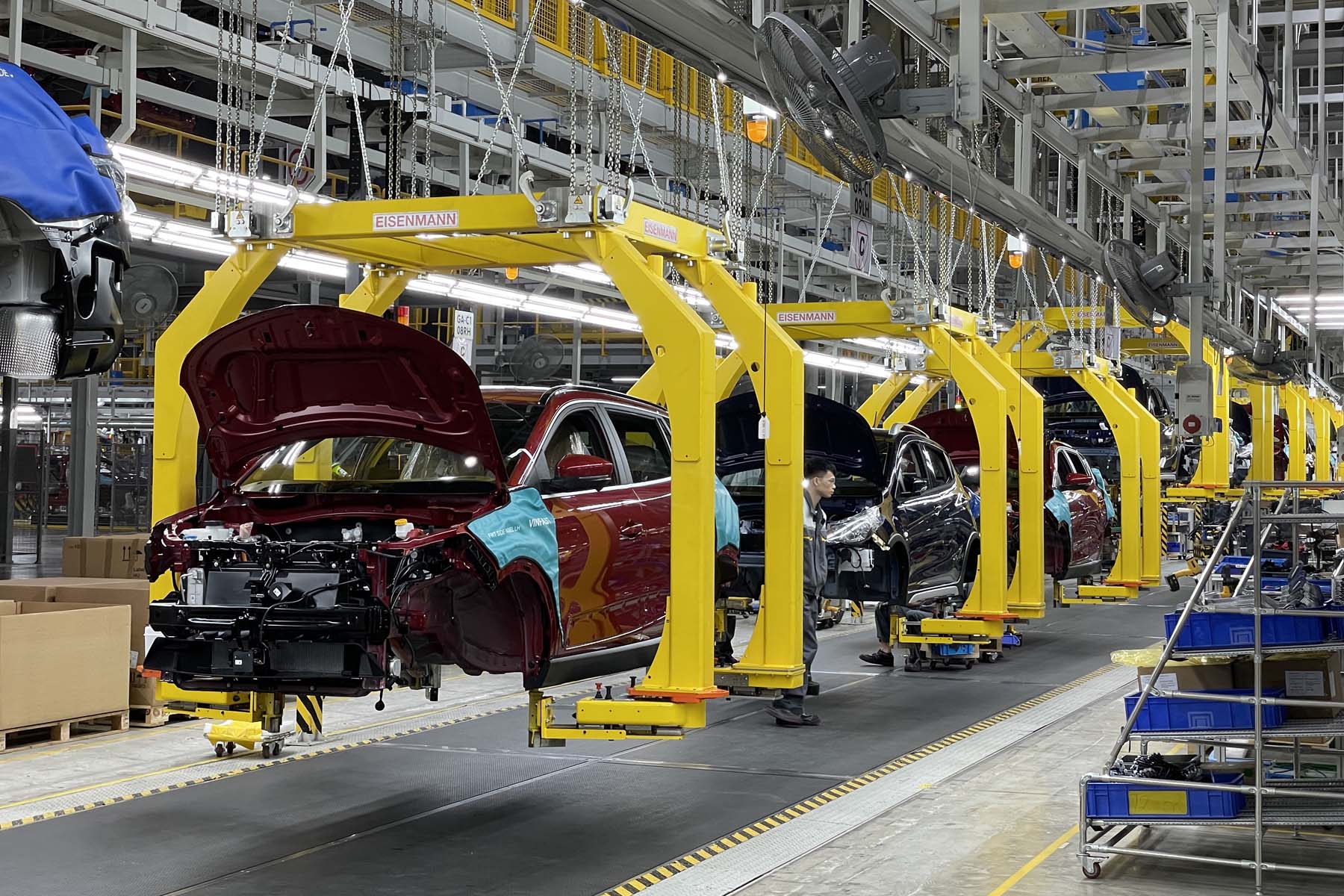
First, VinFast assumes all the risk related to the battery. When it dips below 70 percent of capacity of what it was when new, the company will replace the battery at no cost to the owner. The unspoken plus is any battery improvements made in that timeframe will be passed along at the time of replacement. Second, it means VinFast retains stewardship of the battery after its automotive life ends, so the company is responsible for the recycling/repurposing costs, which will be considerable.
In Canada, there will be two options. The Fixed plan is $139 per month for the VF 8, and $199 for the VF 9, with unlimited kilometres. The alternative is the Flexible plan. It costs $39 per month for the VF 8 and $59 for the VF 9. Both have a 500-kilometre cap on driving distance — go beyond the cap and there’s an overage cost of 9¢ per kilometre for the VF 8 and 11¢ for VF 9. Beginning in 2024, VinFast will give the customer the option of leasing or buying the battery up front.
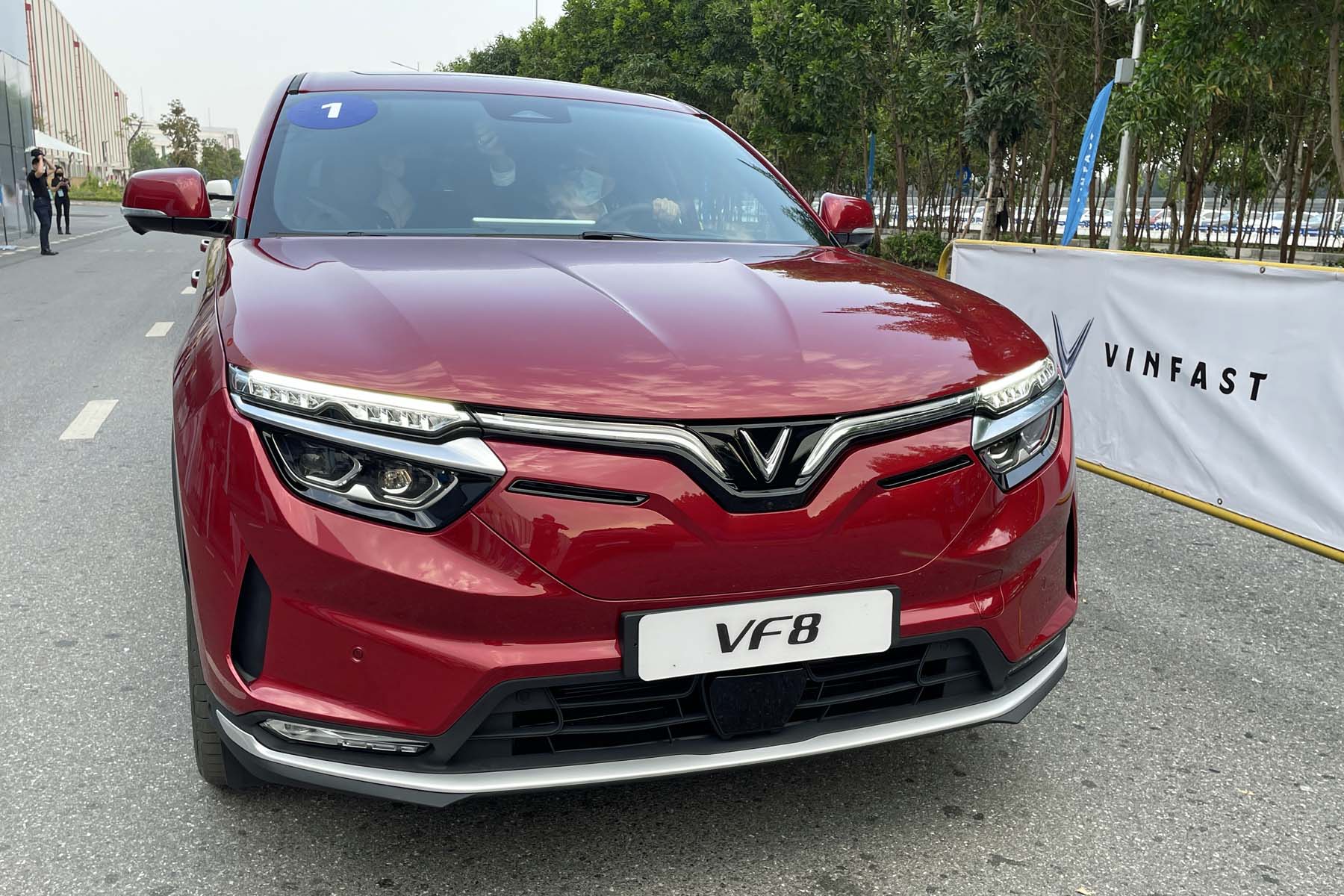
VinFast VF8 / Graeme Fletcher, The Charge
The flips side has to do with the residual value and what a given EV will be worth when it’s sold near the end of the battery warranty. EVs sold with the cost of the battery rolled into the purchase price are likely to have a lower residual value because of the costs associated with battery replacement — like death and taxes, this is inevitable.
Even if the cost per kilowatt/hour drops to US$100, the price where an EV becomes cost competitive with its gas-powered sibling, it still means a 100-kW/h battery will cost US$10,000 plus labour to replace. The current price per kW/h sits between US$130 and US$135, but it is expected to rise, rather than drop as it has in the past, because of soaring raw material costs.
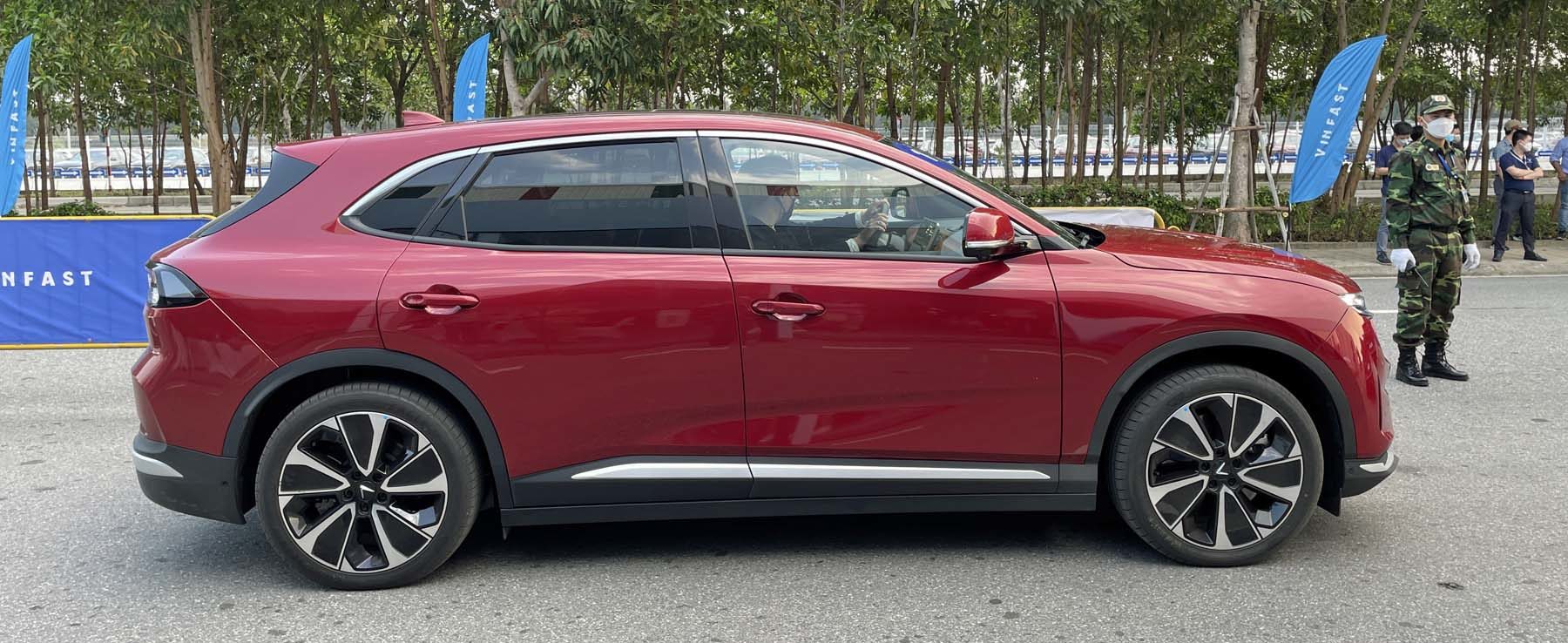
VinFast VF8 / Graeme Fletcher, The Charge
At this point, the EV market is still in its relative infancy, but as the market matures and sales grow, so will the used side of the business. When this happens those shopping a previously-loved EV nearing the end of its warranty will have to factor the cost of battery replacement into the overall cost of ownership. All of this makes the leasing proposition look appealing, regardless of whether it is the entire vehicle or just the battery. Yes, you lose equity, but the headache evaporates just as quickly.
The first VinFast model coming to Canada is the five-seat VF 8, starting at $51,250 (The larger VF 9 will start at $69,750). It straddles the compact and intermediate segments with a 2,950-millimetre wheelbase. It’s a sharp looker with the design coming from Pininfarina, which gives the needed curb appeal. This is reinforced by the tight panel gaps and rich paint — considering the tester was a pre-production unit, this bodes well for the production vehicles.
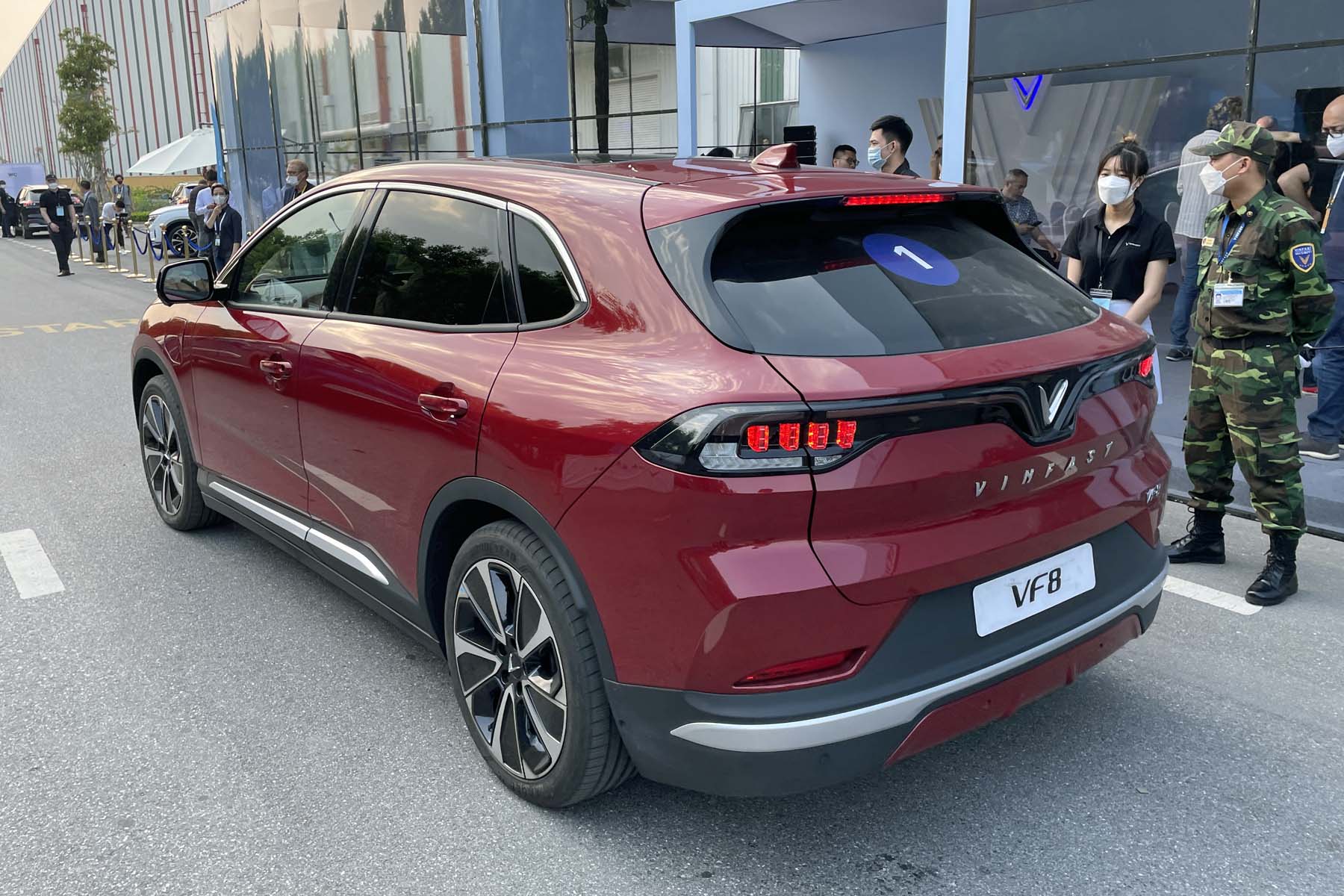
VinFast VF8 / Graeme Fletcher, The Charge
The first drive of the VF 8 was a short affair, but it did provide the feedback needed to gain that all-important first impression. The VF 8 Plus tested had a 90-kW/h battery with a driving range of around 420-450 kilometres. It powers two electric motors that combine to twist out 402 horsepower and 457 pound-feet of torque, which is enough to whisk the riders from rest to 100 kilometres an hour in 5.5 seconds.
The drive also provided a valuable insight into the driving characteristics. Off the line the VF 8 delivers plenty of pop thanks to the instant-on torque, and it builds nicely through the mid-range. It also delivers solid steering feel and feedback, and it had a comfortable, compliant ride. The limited drive time not allow for a full evaluation of the handling, however, as with all electric cars, it did feel heavy from behind the wheel.

VinFast VF8 / Graeme Fletcher, The Charge
The lone issue is the amount of regenerative braking. In the pre-production tester it was nowhere near aggressive enough, so it needs to be bolstered on the production units. The more aggressive regen strategy should also include a one-pedal-drive option. The latter is rapidly becoming an EV must-have, as it makes city driving so much easier by allowing the driver to control things though the accelerator pedal alone.
Inside, the VF 8 Plus is different and more Tesla-like than anything else. It boils down to the fact there’s no instrumentation cluster behind the steering wheel. Everything is controlled through the 15.6-inch centrally-mounted screen. For the record, the speed readout sits in the top left-hand corner of the main screen so it’s easy to see.
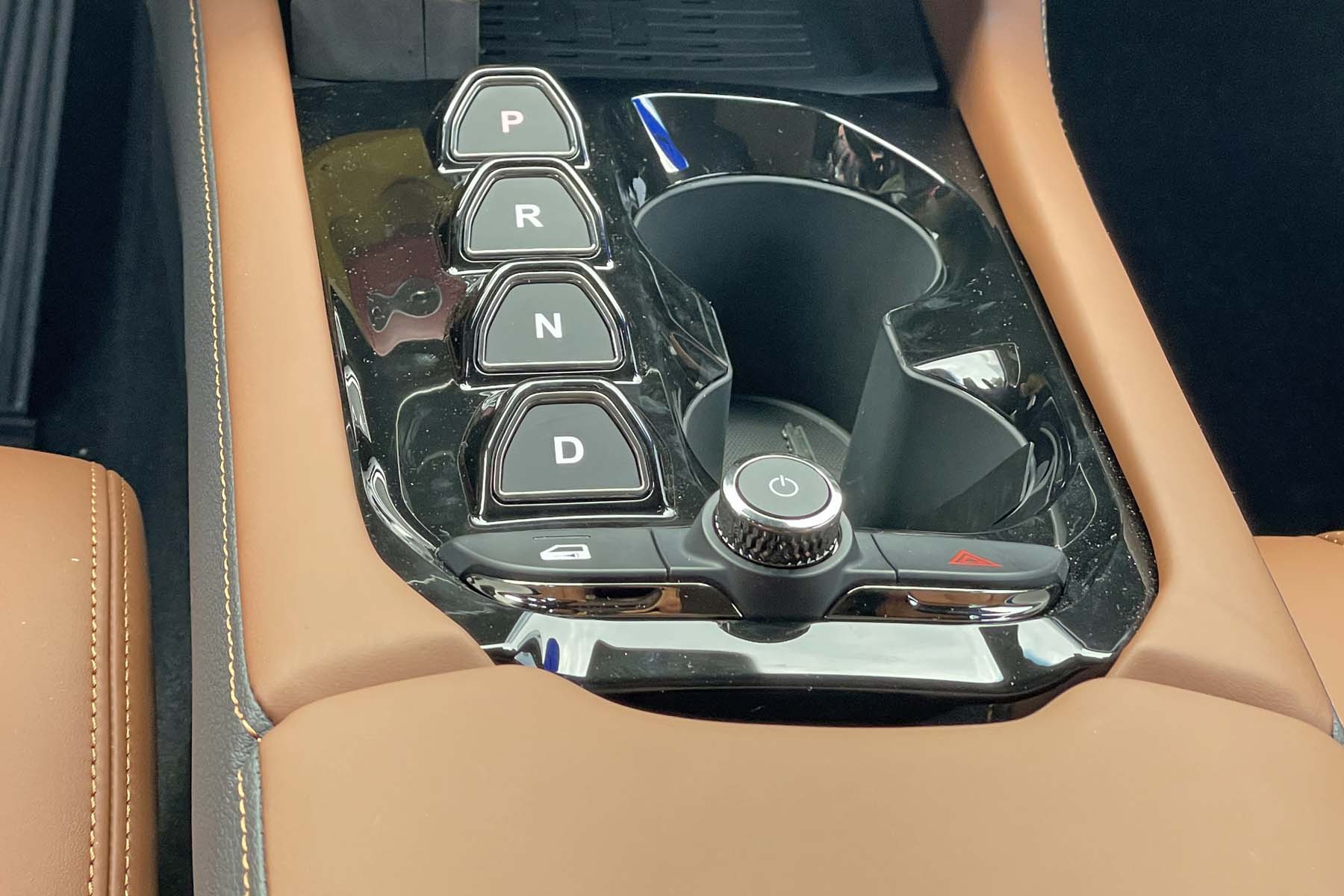
VinFast VF8 / Graeme Fletcher, The Charge
The design approach keeps the number of buttons to a minimum. Just about everything is controlled through the central screen with the exception of the push-button shifter and a real volume knob for the radio. For example, to adjust the mirrors you pick the left or right mirror icon from the central screen and then use the four-way toggle switch on the left side of the steering wheel to make the adjustments. It sounds convoluted, but it proved to be a simple and surprisingly intuitive setup. Likewise, switching drive modes calls for touching that screen icon and then the desired mode. This keeps the number of menus needed to complete a simple task to the minimum.
Moving forward VinFast has very aggressive plans. Not only will it build a new production complex in Chatham County, North Carolina, which will boost its output to 950,000 vehicles a year by 2026, it wants to become one of the top EV players within 10 years. Based on the plant tour and first drive of the VF 8, VinFast has a real shot at attaining that goal.



